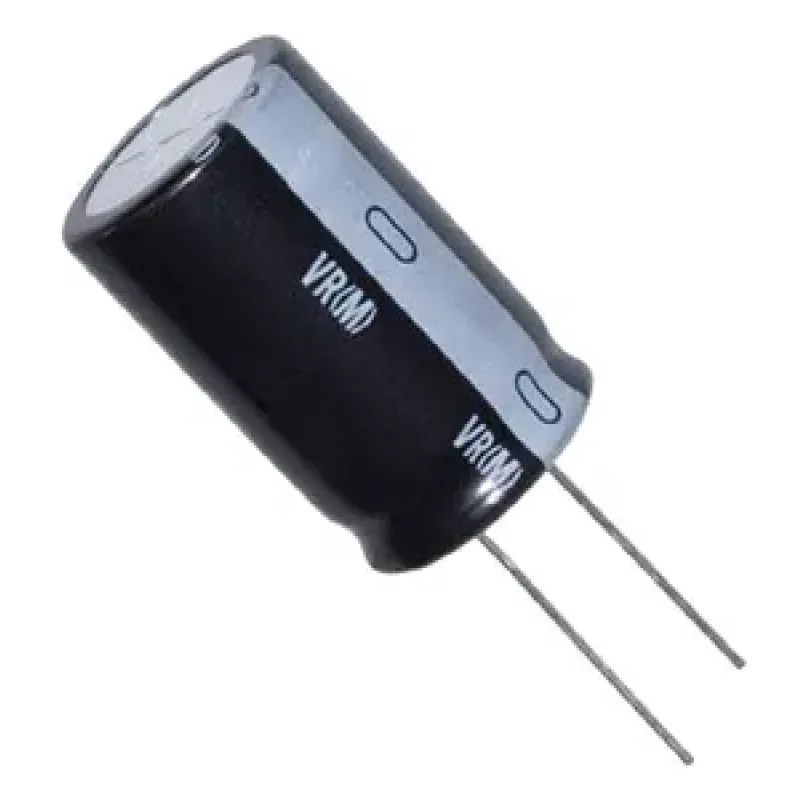
- Stock: Out of Stock
- Model: C409.33UF400V
Electrolytic Capacitors
Electrolytic capacitors serve as essential elements in a variety of electronic applications, performing functions such as electrical energy storage and filtering. These capacitors are identified by an electrolyte layer, which houses an electrolytic solution and is positioned between an anode and a cathode, with an insulating material providing separation.
Categories of Electrolytic Capacitors
Electrolytic capacitors primarily fall into two categories: aluminum electrolytic capacitors and tantalum electrolytic capacitors.
- Aluminum Electrolytic Capacitors: These capacitors are built with a dielectric oxide layer sandwiched between aluminum foil and an electrolytic solution.
- Tantalum Electrolytic Capacitors: These capacitors are composed of a tantalum powder anode, an electrolytic solution, and a cathode.
Functional Attributes and Applications
Electrolytic capacitors are recognized for their high capacitance and are frequently engineered to function at elevated voltages. This makes them suitable for use in power supply circuits, amplifiers, filter circuits, and a range of other applications in both industrial and consumer electronics.
Pros and Cons of Electrolytic Capacitors
Electrolytic capacitors offer several benefits including high capacitance, cost-effectiveness, and a broad range of voltage capacities. However, they also present certain drawbacks such as a larger size, a propensity for their values to fluctuate over time, and a vulnerability to damage if subjected to reverse polarization. Consequently, the selection of the appropriate capacitor type is crucial, taking into account the specific requirements of the application and the usage context.








